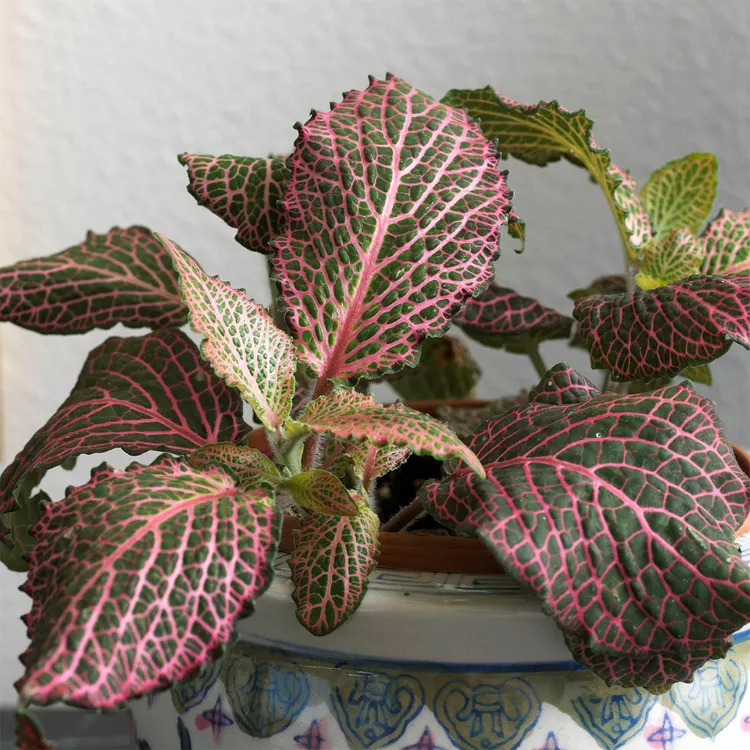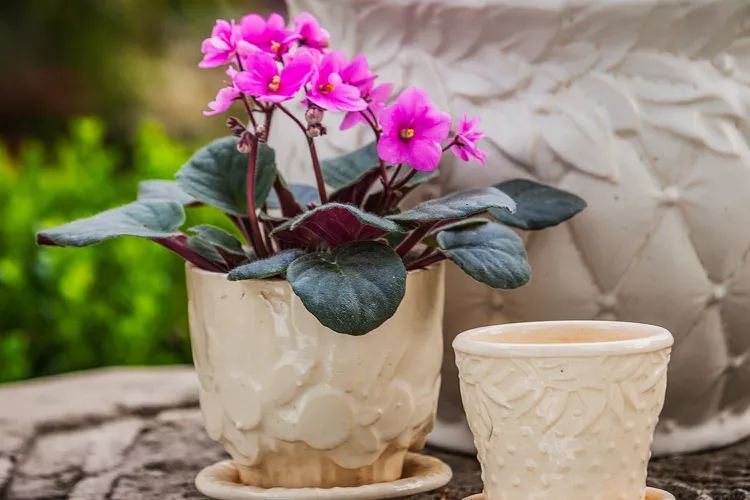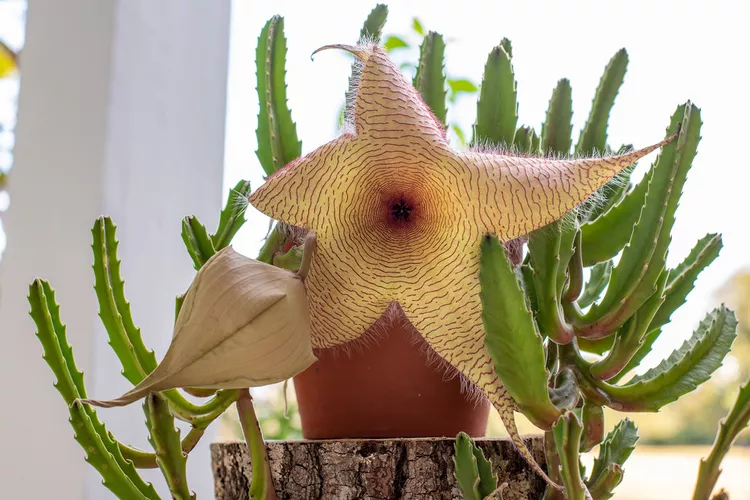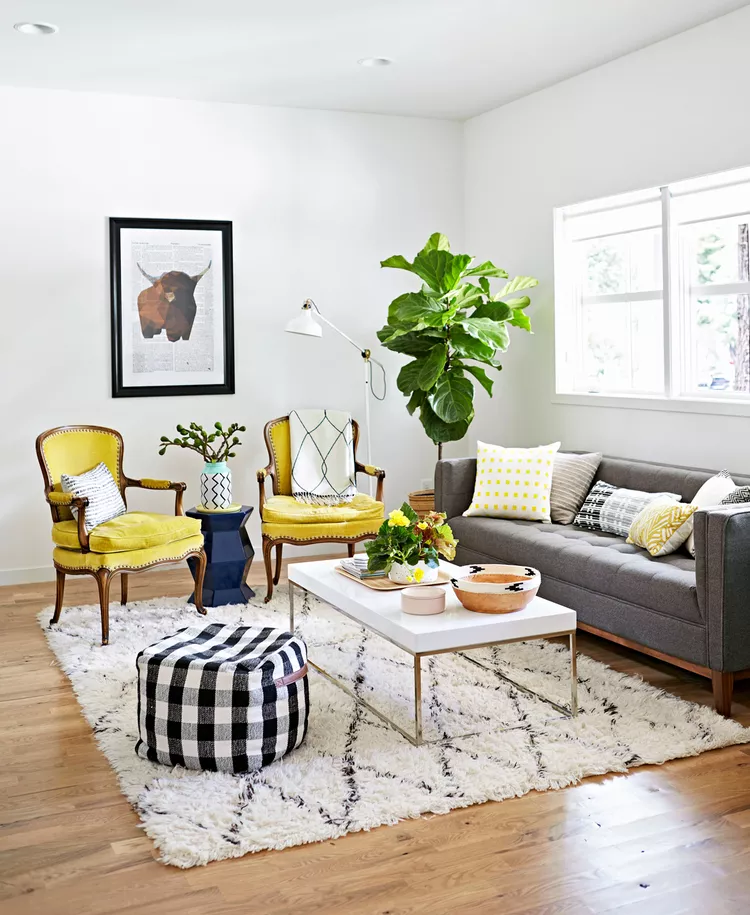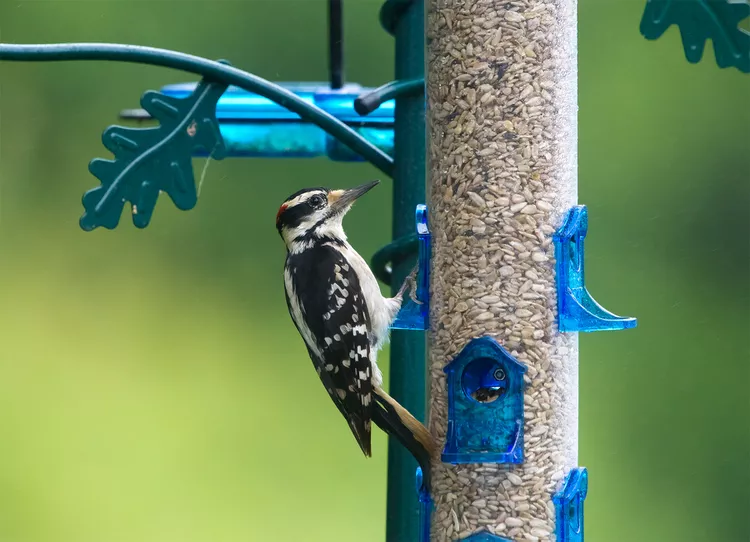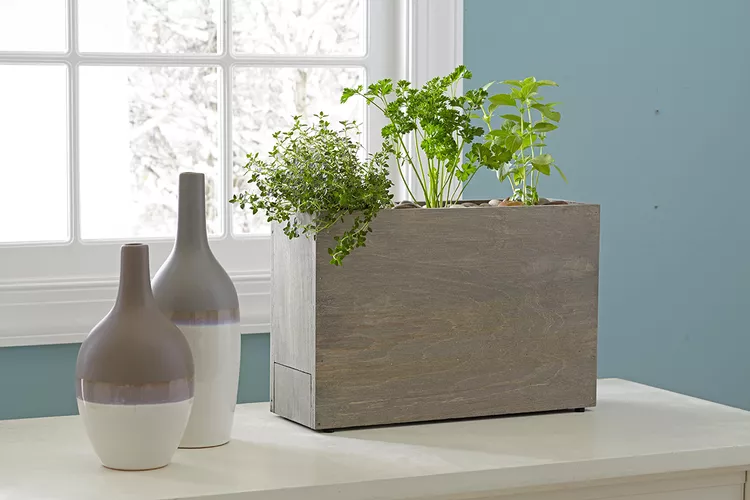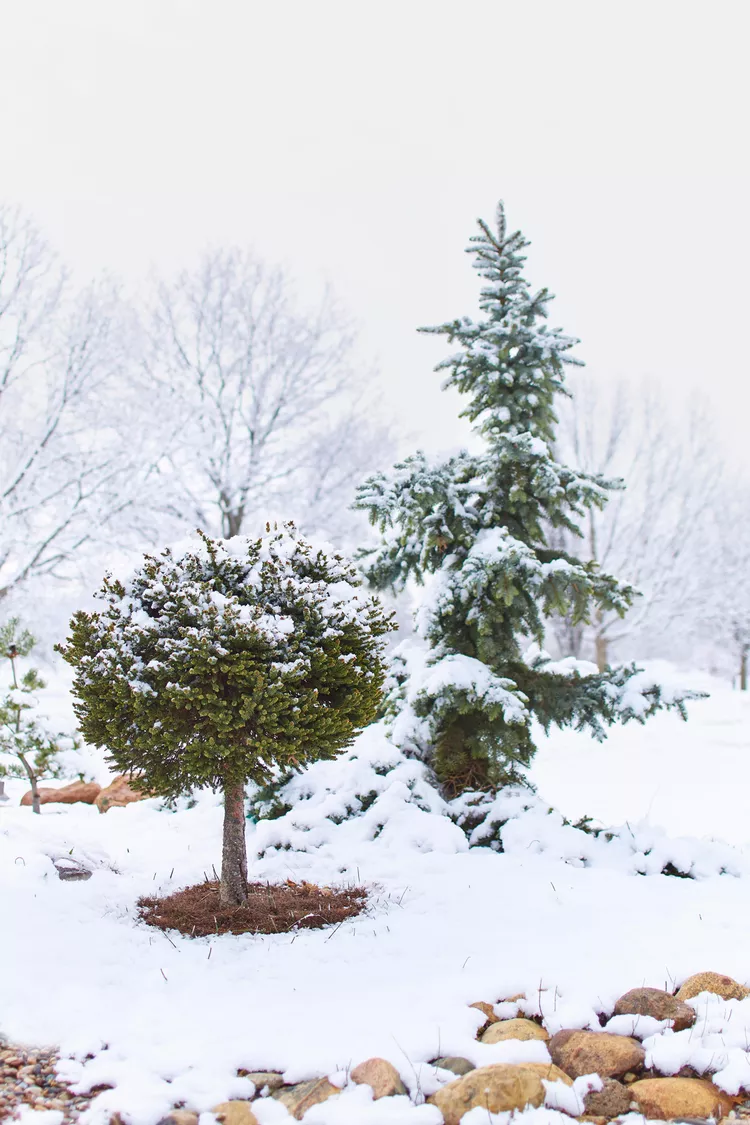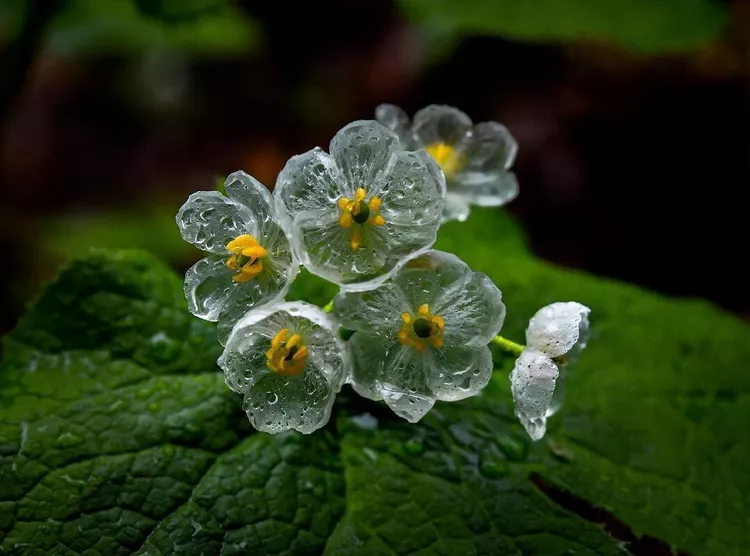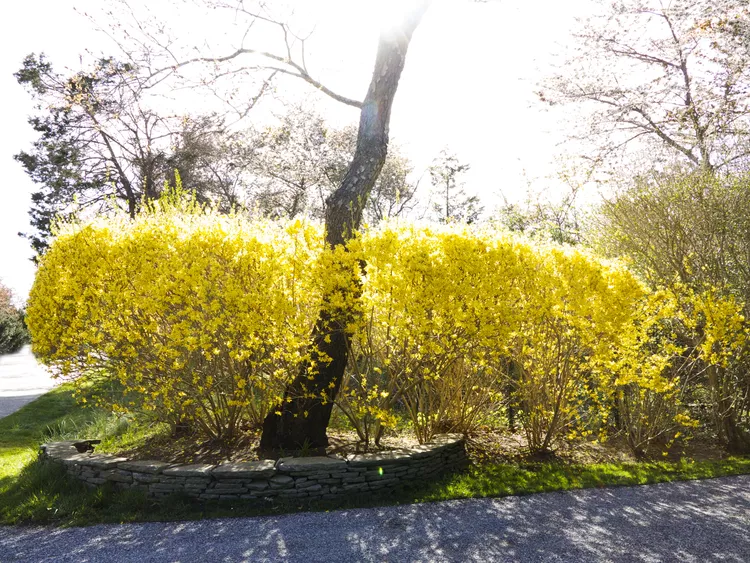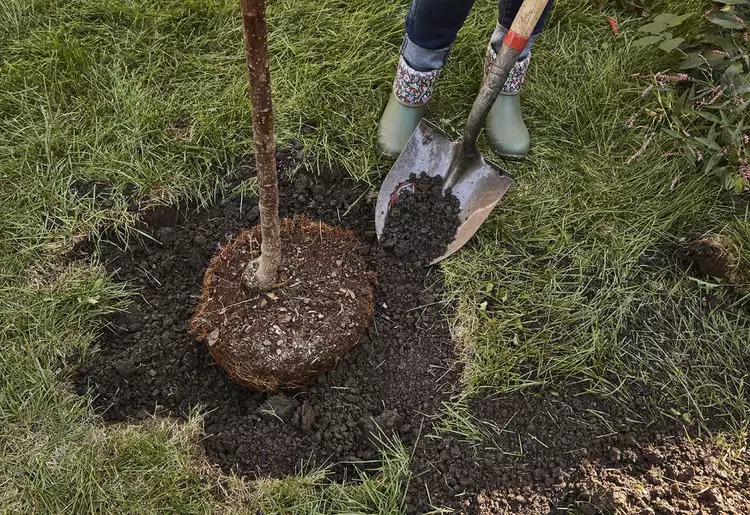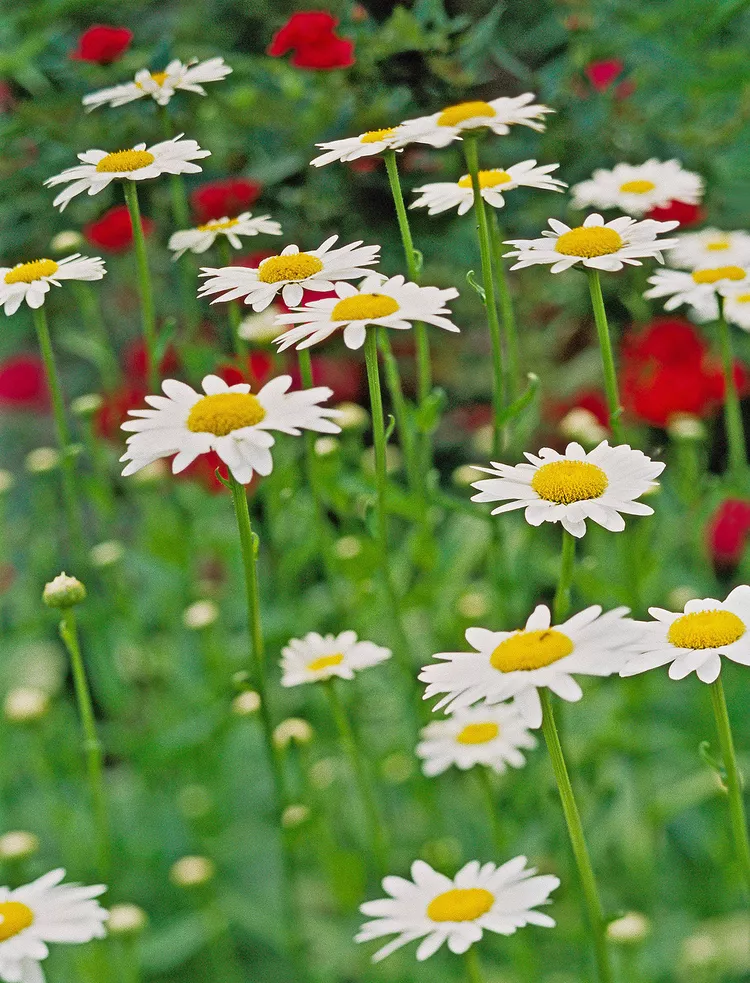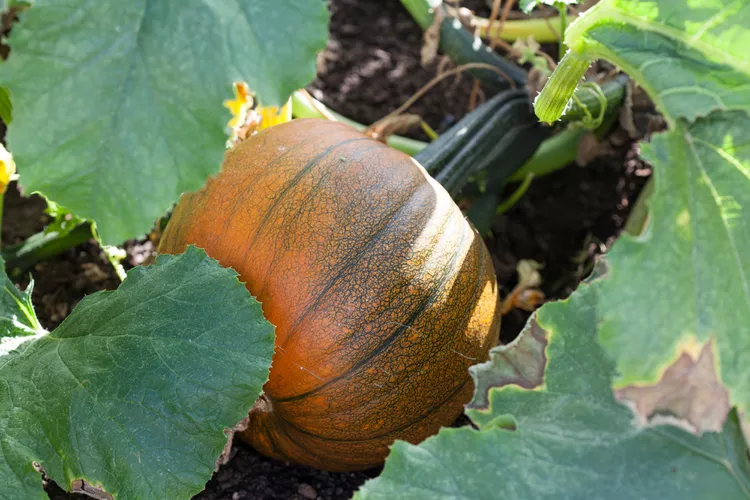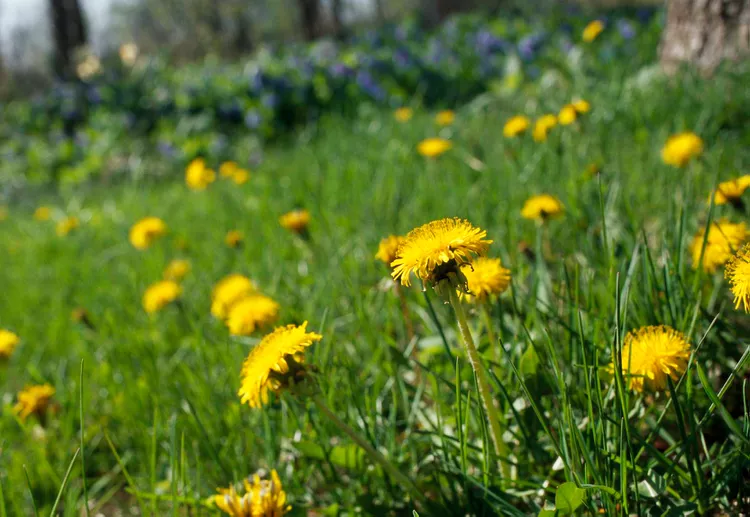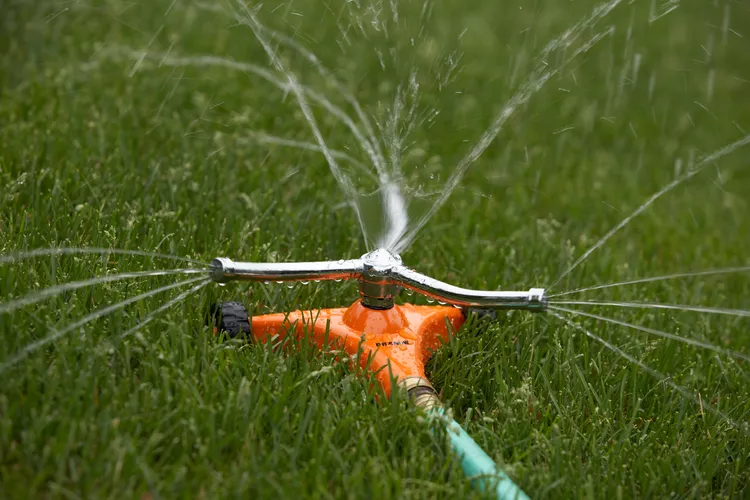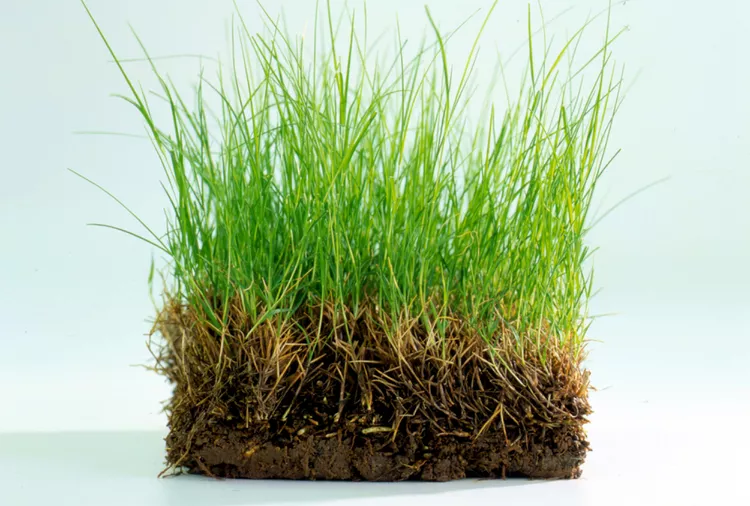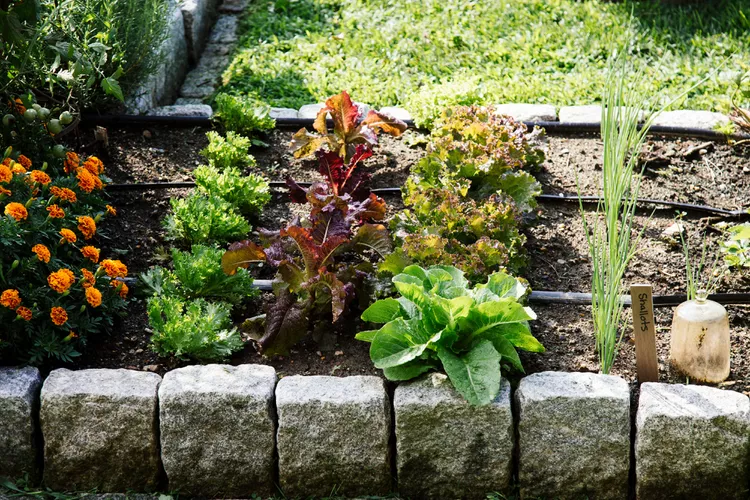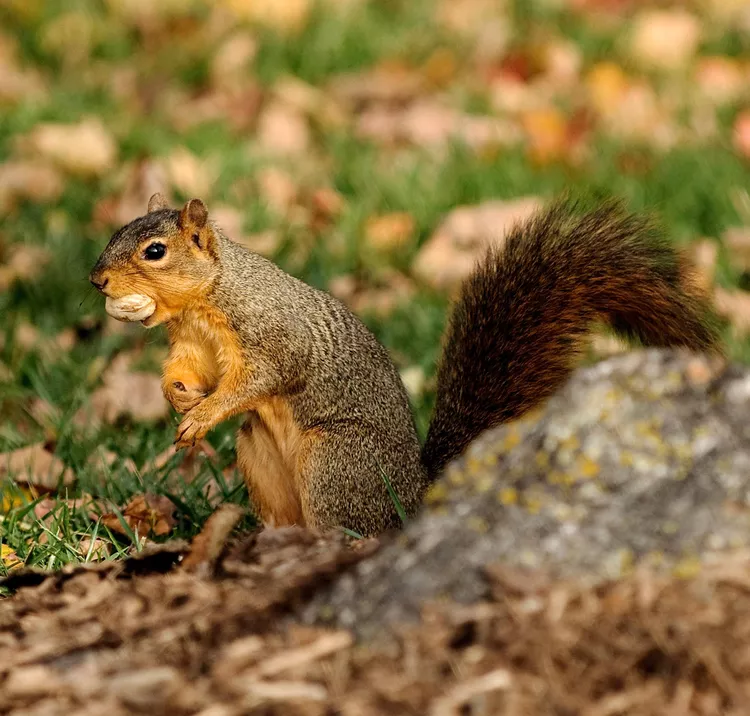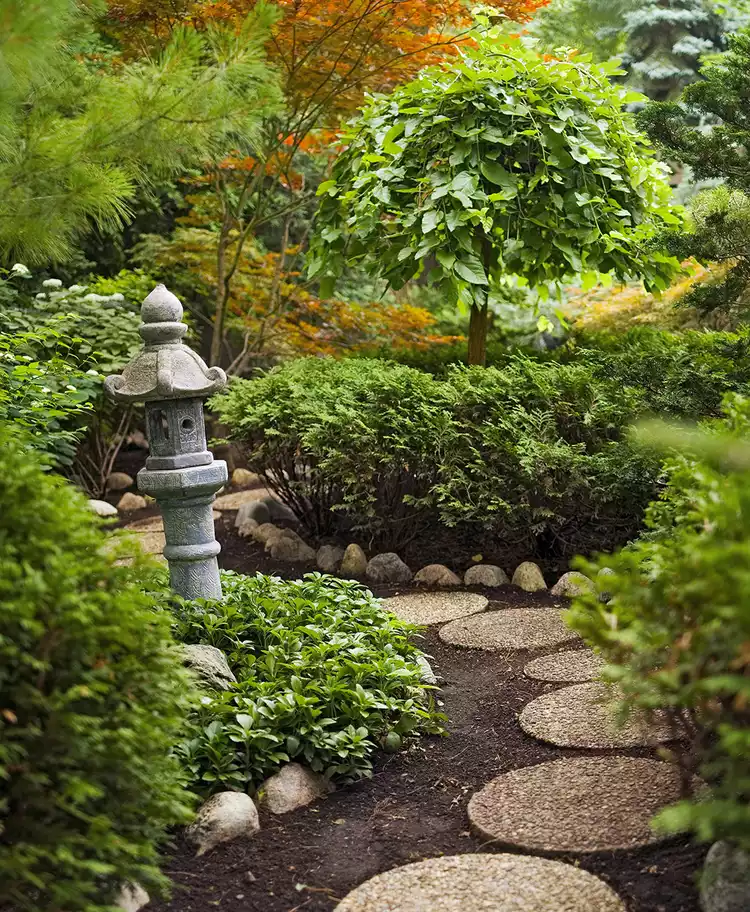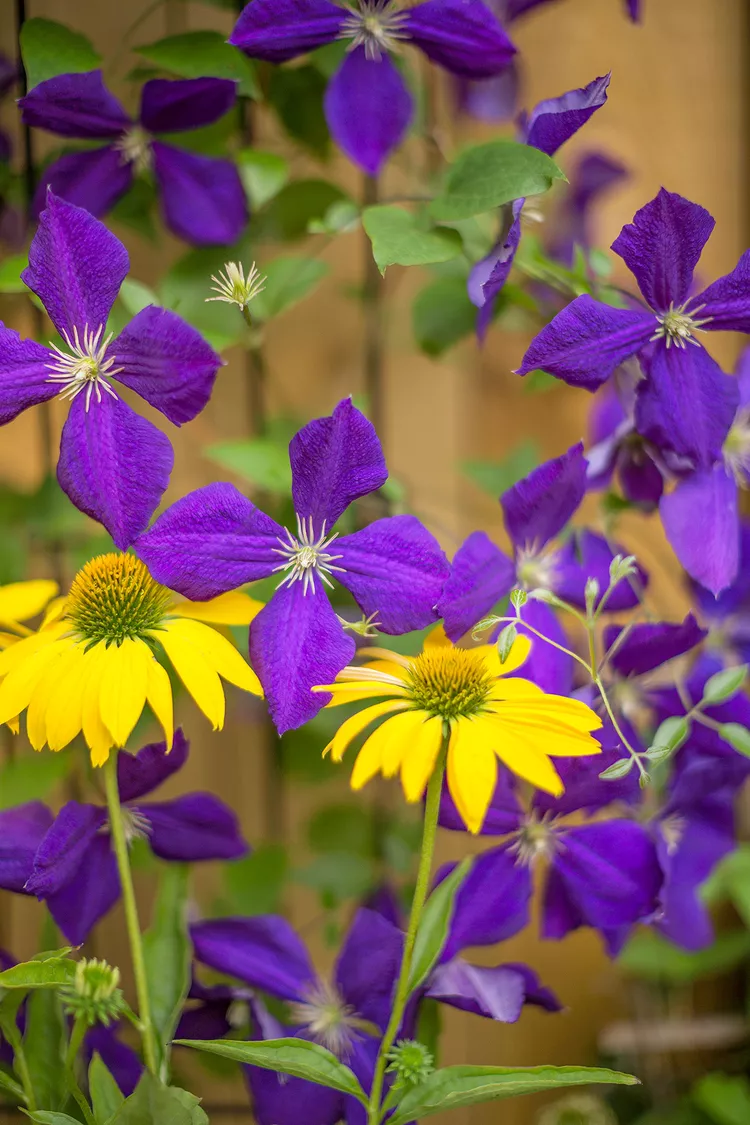Ditch the dirt and create a hydroponic garden to grow plants without soil. There are two methods of hydroponic gardening: Either roots are submerged directly in nutrient-enriched water, or the plant is grown in a container filled with a soil-free mixture of perlite, sand, and/or coconut fiber. The container is then submerged into or suspended above a water-filled reservoir.
While just about any plant can be grown hydroponically, the technique is most often used for growing vegetables or herbs. The benefits of a hydroponic garden include larger harvests, faster growth, and less trouble with pests, disease, or outdoor growing conditions.
If you'd like to try this soil-free gardening method, you can purchase one of the many hydroponic kits for home use or create one yourself. Here are the basics of hydroponic gardening.
Types of Hydroponic Water Systems
There are three basic types of hydroponic grow systems. The simplest type of hydroponic garden is a wick system. In this basic system, a wick connects the planting container and the water reservoir, providing a steady source of nutrient-rich water to the plants' roots. This system is easy to install but only suitable for small plants such as microgreens or herbs.
Flood and drain hydroponic systems require a submersible pump but can still be pretty simple to create. The plant containers sit in a shallow tray or grow tube suspended over a reservoir filled with hydroponic nutrients. Periodically, the tray is flooded with water from the reservoir, thus allowing the plants to soak in nutrients through the container drain holes. After a set period, the water drains back into the reservoir. This prevents root rot caused by excessive moisture. Usually, these systems flood and drain two to four times each day.
In a water culture hydroponic garden, the roots are continuously in the nutrient-rich water of the hydroponic tank. Planted containers float on a "raft" in the reservoir or are suspended directly overhead so the roots extend down into the water. A small bubbler—such as those used in fish tanks—aerates the water and prevents it from becoming stagnant. This is one of the easiest DIY hydroponic grow systems and works well for lettuce, herbs, and other lightweight crops.
Choosing Crops for Your Hydroponic Garden
If you're a newbie to the world of hydroponic gardens or have only enough space for a small system, starting with the easiest plants to grow using this method is best. Generally, plants with shallow root systems do very well in hydroponic grow systems. Consider an herb garden of dill, basil, oregano, cilantro, and parsley. Leafy greens are also excellent choices: Lettuce of all types, kale, chard, watercress, and spinach are all healthy, tasty, and easy to grow in a hydroponic garden.
If you have a large growing area or want to experiment with slightly larger and more challenging crops, consider tomatoes, peppers, strawberries, celery, or bok choy.
Using Grow Lights for a Hydroponic Garden
As home hydroponic systems are usually indoors, one of the most basic requirements is light. For almost all hydroponic systems, grow lights are necessary for maintaining a healthy garden.
There are several different types of bulbs used as grow lights, but for the beginner with a relatively small budget, fluorescent tubes are a great choice. For a large garden, you'll want full-length fluorescent grow lights in the 6500K range. For smaller gardens, however, or if your aim is to save money, compact fluorescent bulbs provide plenty of light and are easy to use. You'll need to direct the lights toward your seedlings with a plastic or metal reflector or shield.
Serious hydroponic gardeners with large setups and big budgets typically choose LED grow lights or high-intensity discharge (HID) lights, but these are considerably more expensive than fluorescent bulbs.
As a general rule, your grow lights should be on for 15 to 20 hours each day.
Caring for Your Hydroponic Garden
Once you've set up your hydroponic kit or built your own grow system, installed your lights, and planted your crops, it's time for essential maintenance.
- Add hydroponic nutrients to the water reservoir, following the directions on your particular brand. There are many available in both liquid and powder form.
- Fill the water reservoir with filtered—not tap—water. Tap water often contains fluoride and other elements that might harm your plants.
- The ideal water temperature for a hydroponic garden is 65 to 75 degrees F, with a pH level between 5.7 and 6.3.
- Keep the water moving in the reservoir with a bubbler or pump, like this Hydrofarm Submersible Water Pump ($66, Amazon), to prevent stagnant water and bacterial growth.
- Empty, clean, and refill your hydroponic nutrient reservoir every two weeks.
- Clean the entire hydroponic garden after harvesting crops.
